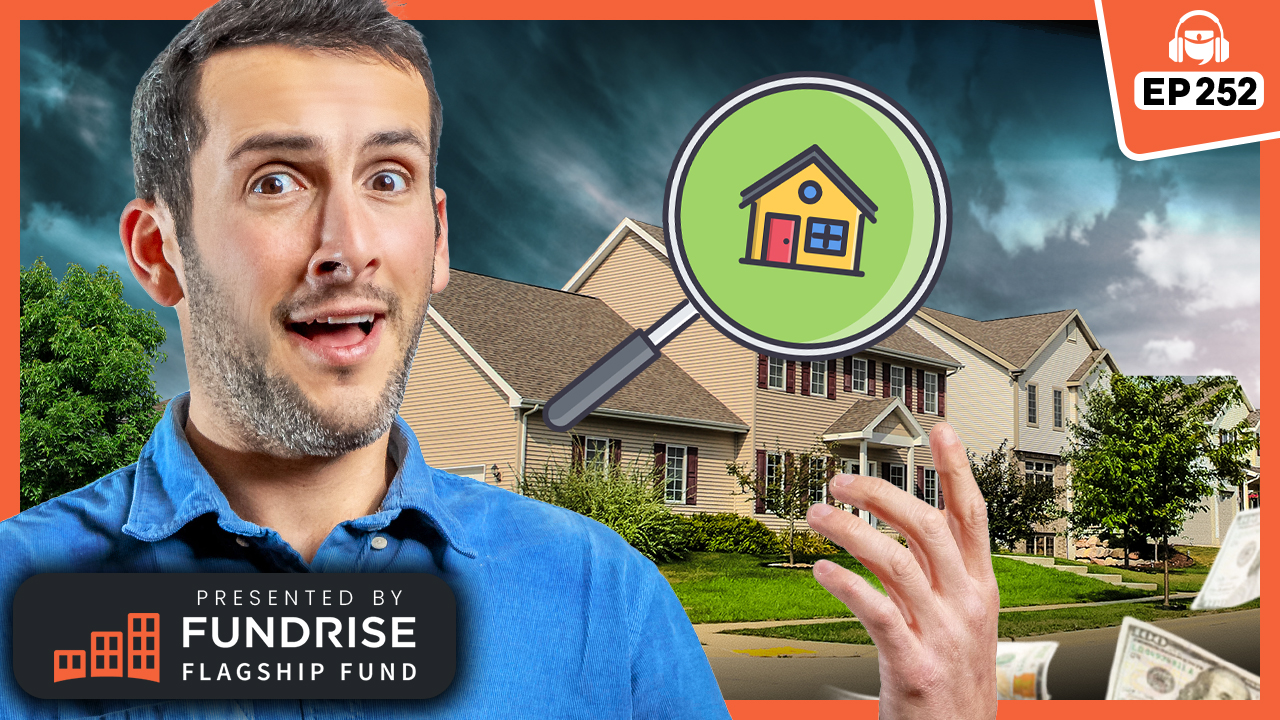Australia’s top housing construction organisation has ranked South Australia the nation’s equal-best place to build a new home as it makes a “controversial” call to go further.
A year after a National Cabinet meeting announced a national planning reform blueprint alongside plans to create 1.2 million new homes in five years, the state’s increasingly bold moves to streamline housing have put it on a footing with Western Australia.
The Housing Industry Association has today released their inaugural Planning Blueprint Scorecard, giving South Australia a respectable three out of five.
SA’s housing planning scheme is the best in the nation. But there’s still room for improvement.
But report author Mike Hermon said the state still had room to improve despite the possibility it was actually the nation’s best, with a recent Housing Roadmap announcement released after they had completed their assessments.
“Over the next year, they could easily gain another half point,” Mr Hermon said.
Mr Hermon said there were several key moves that had boosted South Australia’s prospects for taking advantage of a $3bn fund set up to reward states that overperformed on their targets for the 1.2 million homes.
For South Australia the goal is 83,811 new homes, or about 16,762 a year.
Homes are being built in South Australia, but not at the rate needed to meet demand.
Centralising the planning system a few years back had improved the state’s score, and master planned communities around Concordia, Dry Creek and Sellicks Beach were also providing what the industry calls a “code assessment” or clear guidelines that will streamline housing approvals.
But there was still room for improvement, with the prospect the state government could take a “bold extra step” to expand areas covered by the guidelines.
While on one hand this could speed up more straightforward housing approvals, on another it might lead to less strain on government paid planning certifiers.
More needs to be done to streamline the building process in SA.
Mr Hermon said demand for their services would likely shift to the private sector, but would save the government spending tax dollars employing as many staff to assess housing.
Alternatively, they could also be able to spend more time on complex planning matters.
“We know what we are pushing for is controversial, but the efficiencies we would gain are huge, so it’s worth it,” Mr Hermon said.
Inconsistencies between states on what was considered as part of land supply have also been blamed for weakening housing outcomes, and HIA is advocating for the federal government to create a mandatory national register of land supply so there is a clear understanding of how much is available for housing – and in what time frames.
More of these are needed in SA. And the HIA have an idea about how to make that happen.
“Right now the planning tools don’t back up the strategy,” Mr Hermon said.
“This is why we are so concerned, it’s now become quite obvious that the 1.2 million homes by 2029 goal is not going to be met.”
Buyer’s agency InvestorKit last month released its Housing Fundamentals whitepaper examining 25 housing fundamentals that underpin both consumer confidence and supply and demand, to provide a holistic view of the housing market.
Highlighting the need for more increased building activity, InvestorKit head of research Arjun Paliwal said demand across all market sectors had surged due to “historic-high immigration, shrunk household sizes, a strong job market and fast income growth, the stabilisation of interest rates, and more”.
Arjun Paliwal of InvestorKit.
According to their analysis, the pressure both greater Adelaide’s sales and rental markets were experiencing was considered “high”.
The report put in line with the level of pressure seen in greater Sydney and greater Brisbane’s sales market, and Sydney, Brisbane and greater Melbourne’s rental market, behind only Perth which has a “very high” level of pressure across both its sales and rental market.
“Our research shows, as demand continues to exceed supply, property markets – especially those at the more affordable end – are likely to continue experiencing healthy growth.”
More news:
Adelaide property prices hit new record
Inside the Finlayson’s Hendon dream home
The suburbs where we’re spending most on renovations
Where it’s cheaper to buy than in 2014
Think starting your property journey is hard? Try restarting …




















 English (US) ·
English (US) ·